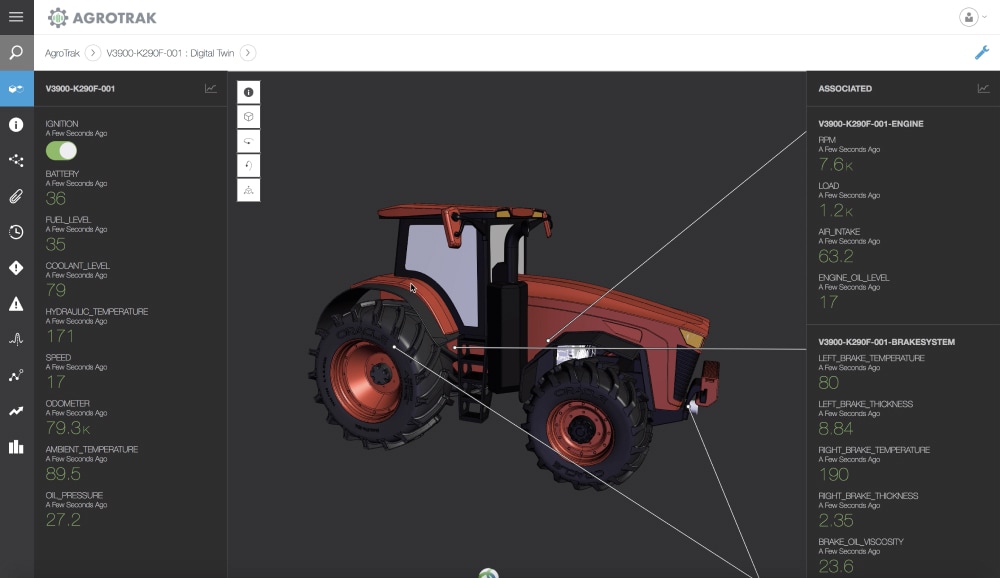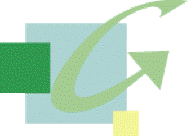Internet of Things (IoT)

What is IoT?
The Internet of Things (IoT) describes the network of physical objects—“things”—that are embedded with sensors, software, and other technologies for the purpose of connecting and exchanging data with other devices and systems over the internet. These devices range from ordinary household objects to sophisticated industrial tools. With more than 7 billion connected IoT devices today, experts are expecting this number to grow to 10 billion by 2020 and 22 billion by 2025. Oracle has a network of device partners.
Why is Internet of Things (IoT) so important?
Over the past few years, IoT has become one of the most important technologies of the 21st century. Now that we can connect everyday objects—kitchen appliances, cars, thermostats, baby monitors—to the internet via embedded devices, seamless communication is possible between people, processes, and things.
By means of low-cost computing, the cloud, big data, analytics, and mobile technologies, physical things can share and collect data with minimal human intervention. In this hyperconnected world, digital systems can record, monitor, and adjust each interaction between connected things. The physical world meets the digital world—and they cooperate.
What technologies have made IoT possible?
While the idea of IoT has been in existence for a long time, a collection of recent advances in a number of different technologies has made it practical.
- Access to low-cost, low-power sensor technology. Affordable and reliable sensors are making IoT technology possible for more manufacturers.
- Connectivity. A host of network protocols for the internet has made it easy to connect sensors to the cloud and to other “things” for efficient data transfer.
- Cloud computing platforms. The increase in the availability of cloud platforms enables both businesses and consumers to access the infrastructure they need to scale up without actually having to manage it all.
- Machine learning and analytics. With advances in machine learning and analytics, along with access to varied and vast amounts of data stored in the cloud, businesses can gather insights faster and more easily. The emergence of these allied technologies continues to push the boundaries of IoT and the data produced by IoT also feeds these technologies.
- Conversational artificial intelligence (AI). Advances in neural networks have brought natural-language processing (NLP) to IoT devices (such as digital personal assistants Alexa, Cortana, and Siri) and made them appealing, affordable, and viable for home use.
What is industrial IoT?
Industrial IoT (IIoT) refers to the application of IoT technology in industrial settings, especially with respect to instrumentation and control of sensors and devices that engage cloud technologies. Refer to thisTitan use case PDF for a good example of IIoT. Recently, industries have used machine-to-machine communication (M2M) to achieve wireless automation and control. But with the emergence of cloud and allied technologies (such as analytics and machine learning), industries can achieve a new automation layer and with it create new revenue and business models. IIoT is sometimes called the fourth wave of the industrial revolution, or Industry 4.0. The following are some common uses for IIoT:
- Smart manufacturing
- Connected assets and preventive and predictive maintenance
- Smart power grids
- Smart cities
- Connected logistics
- Smart digital supply chains

Unlock business value with IoT
As IoT becomes more widespread in the marketplace, companies are capitalizing on the tremendous business value it can offer. These benefits include:
- Deriving data-driven insights from IoT data to help better manage the business
- Increasing productivity and efficiency of business operations
- Creating new business models and revenue streams
- Easily and seamlessly connecting the physical business world to the digital world to drive quick time to value
What are IoT applications?
Business-ready, SaaS IoT Applications
IoT Intelligent Applications are prebuilt software-as-a-service (SaaS) applications that can analyze and present captured IoT sensor data to business users via dashboards. We have a full set of IoT Intelligent Applications.
IoT applications use machine learning algorithms to analyze massive amounts of connected sensor data in the cloud. Using real-time IoT dashboards and alerts, you gain visibility into key performance indicators, statistics for mean time between failures, and other information. Machine learning–based algorithms can identify equipment anomalies and send alerts to users and even trigger automated fixes or proactive counter measures.
With cloud-based IoT applications, business users can quickly enhance existing processes for supply chains, customer service, human resources, and financial services. There’s no need to recreate entire business processes.
What are some ways IoT applications are deployed?
The ability of IoT to provide sensor information as well as enable device-to-device communication is driving a broad set of applications. The following are some of the most popular applications and what they do.
Create new efficiencies in manufacturing through machine monitoring and product-quality monitoring.
Machines can be continuously monitored and analyzed to make sure they are performing within required tolerances. Products can also be monitored in real time to identify and address quality defects.
Improve the tracking and “ring-fencing” of physical assets.
Tracking enables businesses to quickly determine asset location. Ring-fencing allows them to make sure that high-value assets are protected from theft and removal.
Use wearables to monitor human health analytics and environmental conditions.
IoT wearables enable people to better understand their own health and allow physicians to remotely monitor patients. This technology also enables companies to track the health and safety of their employees, which is especially useful for workers employed in hazardous conditions.
Drive efficiencies and new possibilities in existing processes.
One example of this is the use of IoT to increase efficiency and safety in connected logistics for fleet management. Companies can use IoT fleet monitoring to direct trucks, in real time, to improve efficiency.
Enable business process changes.
An example of this is the use of IoT devices for connected assets to monitor the health of remote machines and trigger service calls for preventive maintenance. The ability to remotely monitor machines is also enabling new product-as-a-service business models, where customers no longer need to buy a product but instead pay for its usage.

